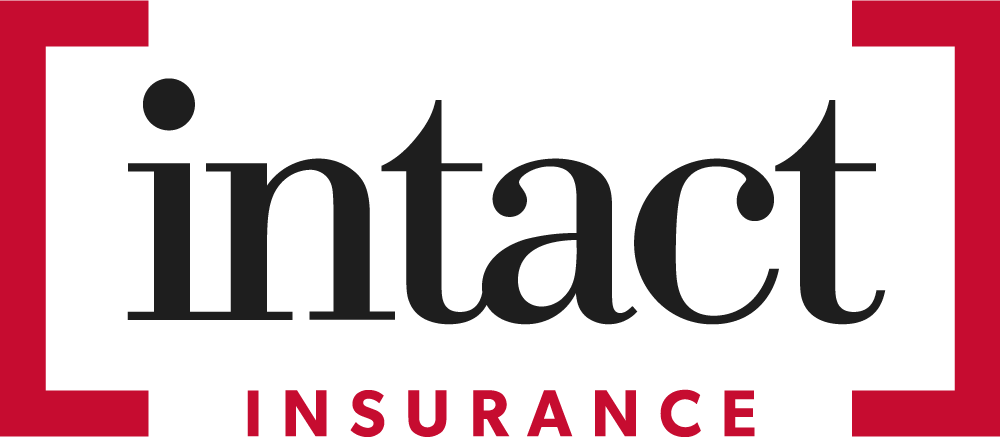The Privacy Layer for
Advanced PII detection and anonymization for structured and unstructured data across on-premises and cloud environments in 52 languages, delivering expert determination-ready workflows.
Try the web demo
Trusted by companies of all sizes, from startups to Fortune 500:
















.png)
























.png)








Industry-leading PII identification & de-identification running securely in your infrastructure
Private AI’s personally identifiable information (PII) identification & de-identification solution accurately identifies, anonymizes, and replaces 50+ entities of PII so you can protect your customer data, unlock valuable insights, and comply with global privacy regulations like the GDPR, CPRA, HIPAA, and more. We deploy on-premise, or in any cloud, and support 10+ file types including text, PDFs, images, and audio.


Leverage the power of LLMs without compromising privacy
Built on Private AI’s hyper-accurate de-identification technology, PrivateGPT allows companies to safely leverage large language models (LLMs) like ChatGPT without compromising privacy. With PrivateGPT, only necessary information gets shared with OpenAI’s language model APIs, so you can confidently leverage the power of LLMs while keeping sensitive data secure.
Try our Web Demo
See our Redaction Capabilities in Real-Time
Type your text into the demo or select a pre-populated example from the list on the left to see our AI-powered solution in action:
Redact PDFs & Files
Upload a file into the box below to see our PDF and file redaction capabilities. Files must be less than 5MB and processing may take up to 1-2 minutes depending on the file size.
Mitigate LLM Privacy Concerns with PrivateGPT
With PrivateGPT, businesses can easily scrub out any personal information that would pose a privacy risk before it’s sent to ChatGPT, and unlock the benefits of cutting edge generative models without compromising customer trust.
Create a free account to try PrivateGPT today:
Get a free API Key
Create a free account on our customer portal and generate a free API key for 500 calls (approximately 50k words). No commitment, no credit card required!
Get a free API keyHow We Compare
Private AI uses the latest in transformer architectures to achieve remarkable accuracy out of the box, no third party processing required. Our technology has outperformed every other redaction service on the market. Feel free to ask us for a copy of our evaluation toolkit to test on your own data.
Learn more about Private AI’s use cases, methodology, how we compare against our competitors, and more:
Download our whitepaperAwards & Recognition














